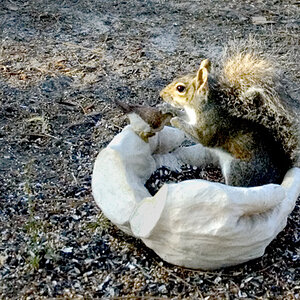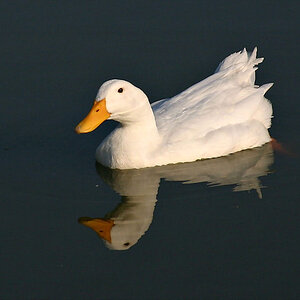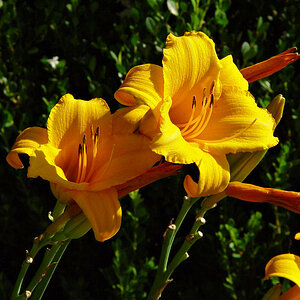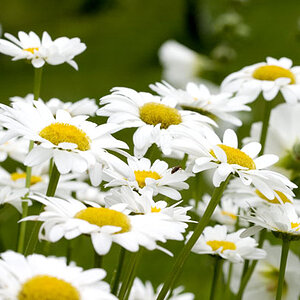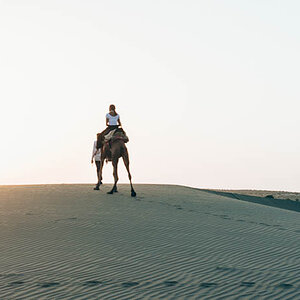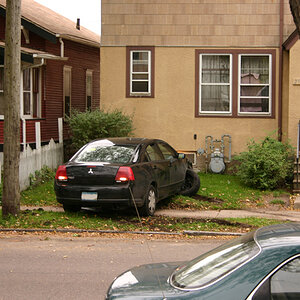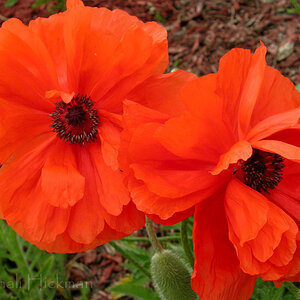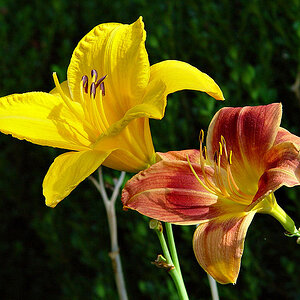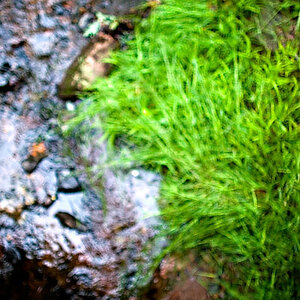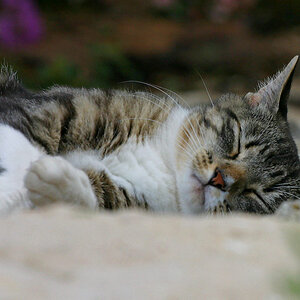prodigy2k7
No longer a newbie, moving up!
- Joined
- Apr 22, 2008
- Messages
- 1,668
- Reaction score
- 22
- Location
- California, USA
- Can others edit my Photos
- Photos OK to edit
Think of the aperture are your iris getting smaller in bright light and bigger in less light. (pupils get bigger/smaller as a result)
Also, the "shutter" is kinda like you blinking your eyes, except you start with them closed, open them for lets say 1/10 of a second (slow) or really fast like 1/1000 of a second!
Also the shutter is location inside the camera body, the aperture is located inside the lens.
Also, the "shutter" is kinda like you blinking your eyes, except you start with them closed, open them for lets say 1/10 of a second (slow) or really fast like 1/1000 of a second!
Also the shutter is location inside the camera body, the aperture is located inside the lens.


